In pictures: Inside Moog's Asheville HQ
We meet the iconic synth brand's senior engineer Cyril Lance
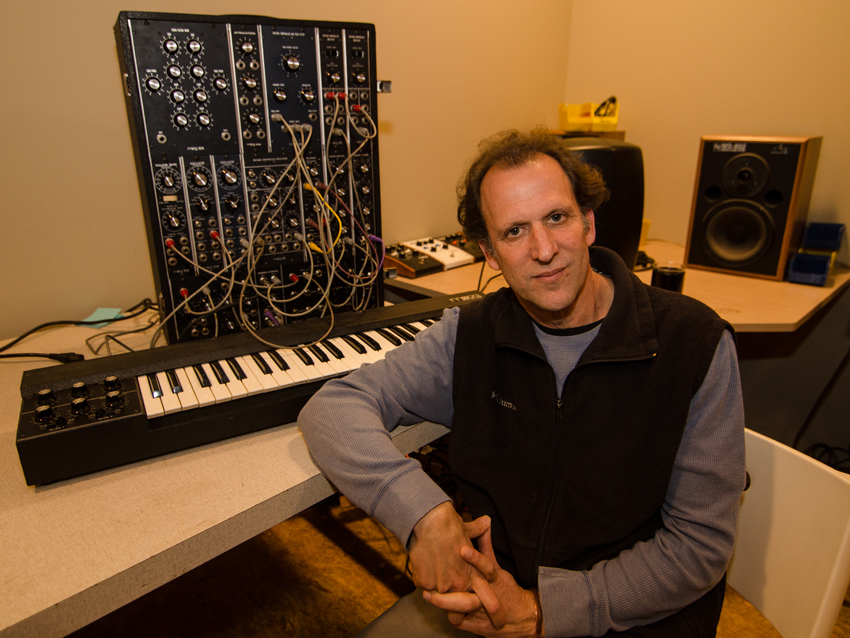
Cyril Lance
When Moog senior engineer Cyril Lance arrives to chat with us, we are whisked into a back room that houses spare parts, a Synton 3000 modular from the ’80s, and a vintage Moog System 15.
“It’s been here a while. It’s always great to have vintage gear around to inspire us,” he explains.
Lance, a blues guitarist, is now part of the small team behind the company’s range of electronic kit. Following the warm reception of the Sub 37, you sense from Lance and the rest at Moog that they have plenty of upwards trajectory ahead.
See more inside Future Music 288: The Synth Issue, which is on sale now.
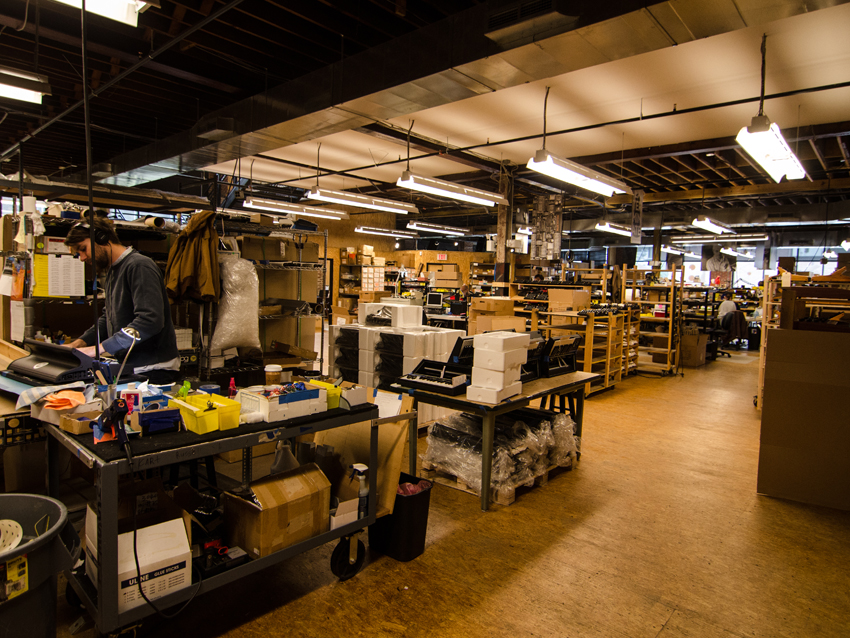
Moog factory floor
Since we're so close to NAMM, can you talk a little bit about how where we are affects your production cycle?
“If you think about the Boston Marathon, we're just at Heartbreak Hill [laughs]. I think NAMM is very important to us, but not all of our products work on the NAMM cycle. In fact more and more we don't have to follow that rigid product development path.
“I think it used to be more crucial. Having said that we do live by that deadline for many of our products. We manufacture everything here, so that introduces challenges to our product development cycle. We have to design differently to manufacture a product here as opposed to a box built somewhere else.
“As an example part of our development cycle is designing the production line and all that that entails. So you start from a conception and there will be parallel paths - now that we are more sophisticated as a company - feasibility from a marketing point of view and feasibility from a technological point of view.
“In the best case it's a purely symbiotic relationship and one informs the other. And at some point you have to all agree and say 'Yes, we want to do this. Here is the compelling business model and yes, these are the engineering goals. Then there's what we call gates. You open one gate and then think about what's the next gate. So if there's a product we want to release at NAMM, the gates are designed so that we can get there.”
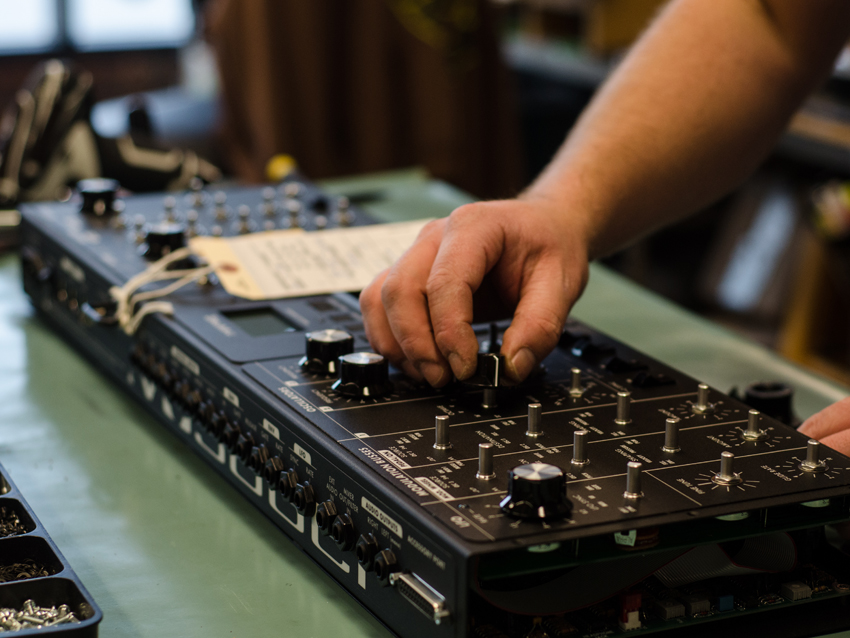
Assembly
We were here at Moogfest for the big unveil of the Emerson Moog Modular. Can you speak to the mindset of re-embracing that world?
“I have been surprised from the moment I came onboard how many people come to me constantly and say, 'You guys have got to re-do the modular!' I think there are a couple of reasons for that. For one, it's such an evocative and inspiring instrument, and it's so vast, it really is emblematic of the possibilities of what sounds can come from you being connected to it. Another person walks up to that instrument and things will be completely different. So I think there's that aspect of it; the real deep relationship between artist and instrument.
“I spent a lot of time in LA trying to learn how modern producers craft their music and what they were crafting it for, and I started noticing a lot more modulars. A lot of those people who even had Eurorack modules, really wanted the 5U format. A lot of producers and artists are making music for video games and film soundtracks and I think that these great beasts from 50 years ago are exactly what people need sonically.
“On the other end of the spectrum the Animoog was really inspired by sitting in the studio with Moog modulars, Serges and Buchlas. It was really that relationship to that exploration of sound that led to the Animoog. So I think they're really relevant and I think it's the right time.”
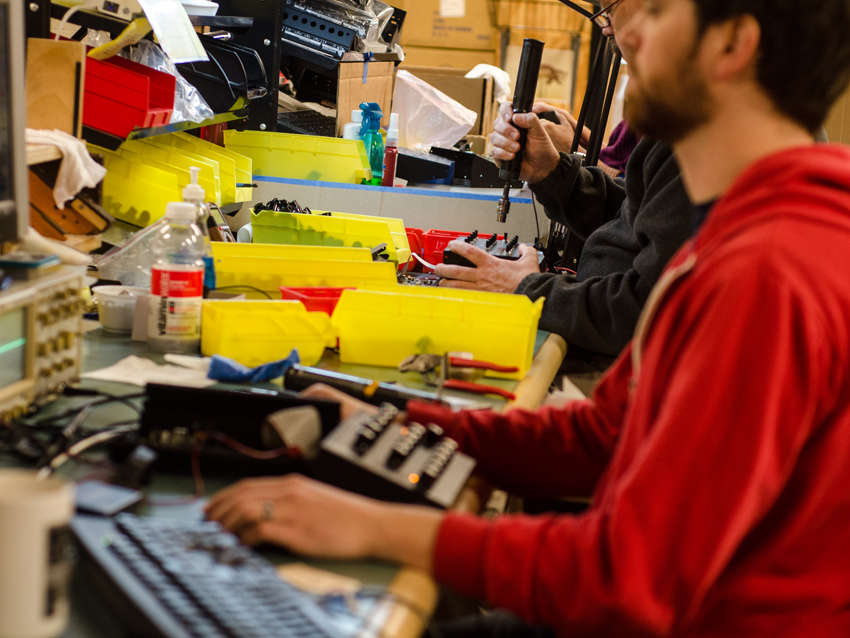
Testing
How much of your time is spent thinking about what's going on in the synth world right now and what you might want to be doing two NAMM conferences down the road?
“I think the other trend that's worth noting is the democratisation of technology, so that is a huge change. When these modulars were first built, Keith Emerson needed to get a check from his record label and who gets a check from a record label, let alone one for equipment now.
"Who has a record label now? And yet there's some much incredible music being made at every level. So the stress is more about getting an instrument into production, so for us it's inspiration and simultaneous frustration because there's so many things we want to do and we're so small.”
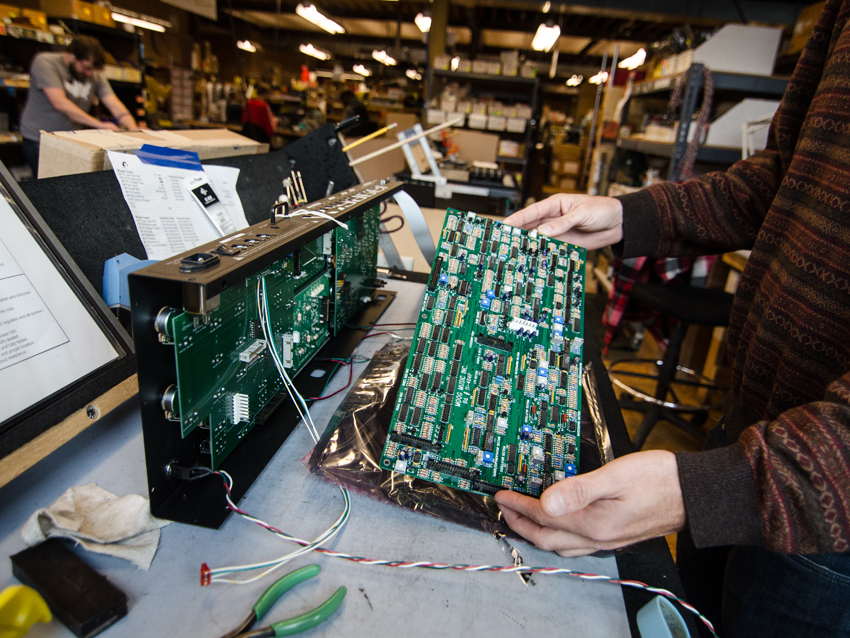
Under the hood
Do you spend much time considering the legacy of Moog as a company?
“This legacy that was started 50 or 60 years ago is really just the tip of the iceberg. I just had this experience yesterday where I took cab, and this young guy picked me up and took me to my shop and he asked me what I did. So I told him I built electronic instruments, and he said 'Oh, I just finished building my first theremin!' What are the chances of that? The fact that that instrument is incredibly relevant today is kind of an indicator of how strong that thread is.”
Future Music is the number one magazine for today's producers. Packed with technique and technology we'll help you make great new music. All-access artist interviews, in-depth gear reviews, essential production tutorials and much more. Every marvellous monthly edition features reliable reviews of the latest and greatest hardware and software technology and techniques, unparalleled advice, in-depth interviews, sensational free samples and so much more to improve the experience and outcome of your music-making.


